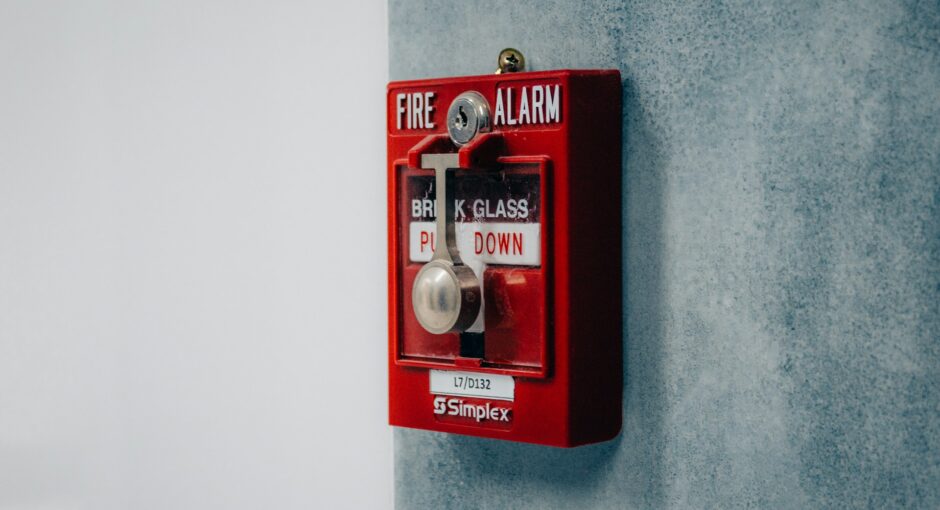The Basics of Fire Detection Tubes
A fire detection tube is a specialized safety device designed to detect flames or high temperatures in hazardous areas quickly. Unlike traditional smoke detectors or heat sensors, this tube acts as a continuous sensor that can run along large perimeters or hard-to-reach places. Its flexibility and sensitivity allow it to identify fires at the earliest possible stage, often before flames spread significantly.
These tubes contain an inner layer that reacts chemically or physically to the presence of flames or extreme heat. When the temperature reaches a critical threshold, the tube ruptures or sends a signal to trigger alarms and activate suppression systems. This immediate reaction is crucial for preventing catastrophic damage and protecting lives in industrial settings such as chemical plants, warehouses, or tunnels.
How Fire Detection Tubes Function During Emergencies
In real emergencies, the mechanism of a fire detection tube relies on its unique design. The tube is typically installed along potential fire hazard zones, including areas with flammable materials or electrical equipment. Once a fire starts, the intense heat causes the tube’s internal layer to weaken and break at the point closest to the flame source.
This break triggers a signal that alerts the monitoring system. The system can be configured to automatically shut down power, activate sprinklers, or notify emergency personnel. Because the tube can detect fire anywhere along its length, it offers more precise localization of the incident compared to conventional detectors placed at fixed points.

- Continuous monitoring along extended surfaces or pipelines
- Fast response time to sudden temperature spikes
- Minimal false alarms due to localized detection
- Compatibility with automated fire suppression systems
Benefits of Using Flame Resistant Tubes in Fire Detection
One of the key factors that make fire detection tubes effective is their ability to withstand harsh environments. Many systems incorporate a flame resistant tube outer layer to protect the sensitive inner components from damage caused by external heat sources or mechanical stress.
This flame resistance not only extends the life of the tube but also ensures it remains reliable during emergency conditions. It prevents premature failure and reduces maintenance needs, which is especially important in critical infrastructure where downtime can be costly and dangerous.

- Durability under high-temperature conditions
- Resistance to chemical corrosion and physical wear
- Ability to operate in explosive or hazardous atmospheres
- Enhanced safety margins for industrial fire detection
In summary, fire detection tubes combine advanced material technology and smart design to provide an effective early warning system in fire emergencies. Their continuous monitoring capability, coupled with flame resistant protection, makes them indispensable in many industrial applications. Understanding how these tubes operate can help organizations improve their fire safety protocols and reduce the risks associated with uncontrolled fires.




